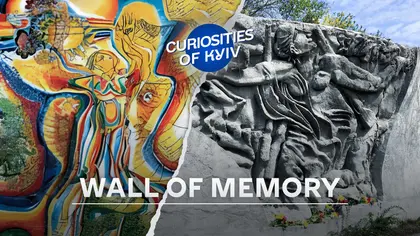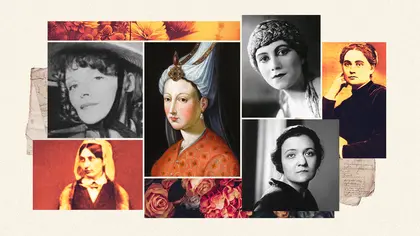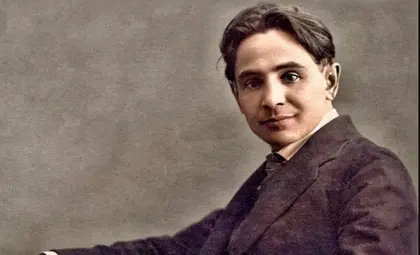A unique monument hidden in Kyiv’s Baikove Cemetery has literally been uncovered. The Wall of Memory is a 213-meter-long memorial that ranges in height from 4.5 to 16 meters and is covered with expressive bas-reliefs over a total area of 2,200 square meters.
Ukraine’s biggest work of monumental art and the largest bas-relief in Europe, The Wall of Memory is a part of the cemetery’s Memorial Park; it symbolizes love, motherhood, spring, creativity, and other joys of life. It is also the only such bas-relief in the world covered in concrete.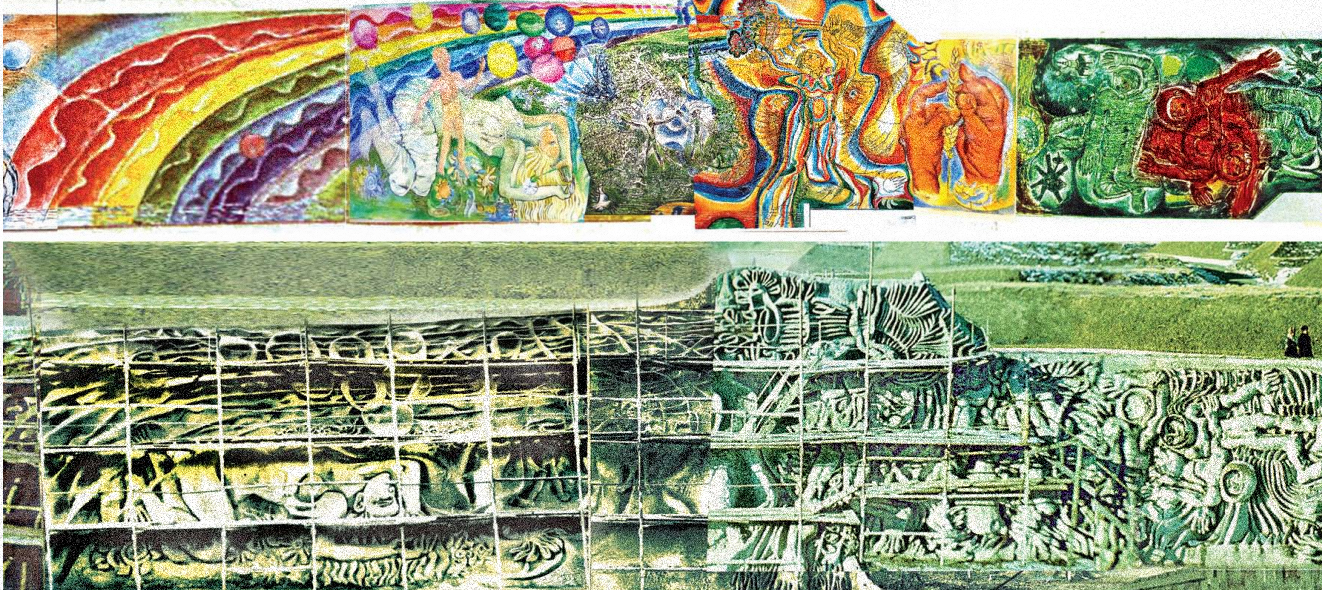
JOIN US ON TELEGRAM
Follow our coverage of the war on the @Kyivpost_official.
Its creators, Ada Rybachuk and Volodymyr Melnychenko, worked on their magnum opus for 13 years, from 1968 to 1981. To create the elements of such a massive work of art, they came up with a unique three-dimensional tapestry technique, bending over 95 tons of rebar to frame the composition. Its elements were connected by countless welding points to form the base of a composition that defies the inexorability of death by exalting the power of memory – and thereby the immortality of life.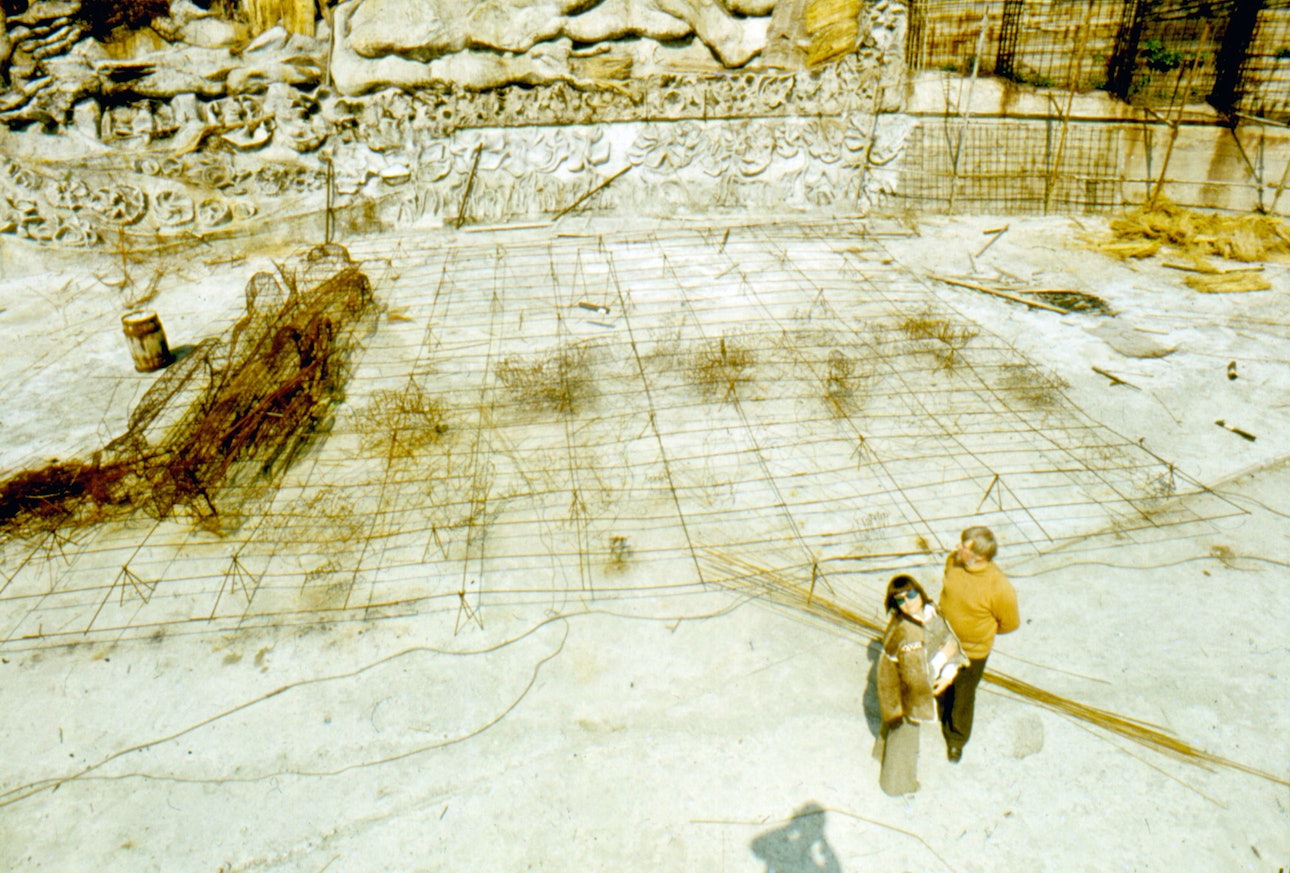
Their idea was to paint the bas-relief in a bright glaze, so it would be reflected on the surface of the man-made lake. In this way, visitors to the cemetery saying their last farewells to loved ones could look at the deeply allegorical images in concrete and for a brief moment take their minds off their sorrow.
Ironically, the artwork symbolizing the triumph of life over death, which could have become one of Kyiv’s landmarks, wound up buried in concrete. For three months, the construction crew that had previously worked on erecting the monument had to carry out its demolition, destroying The Wall of Memory with 500 truckloads of cement.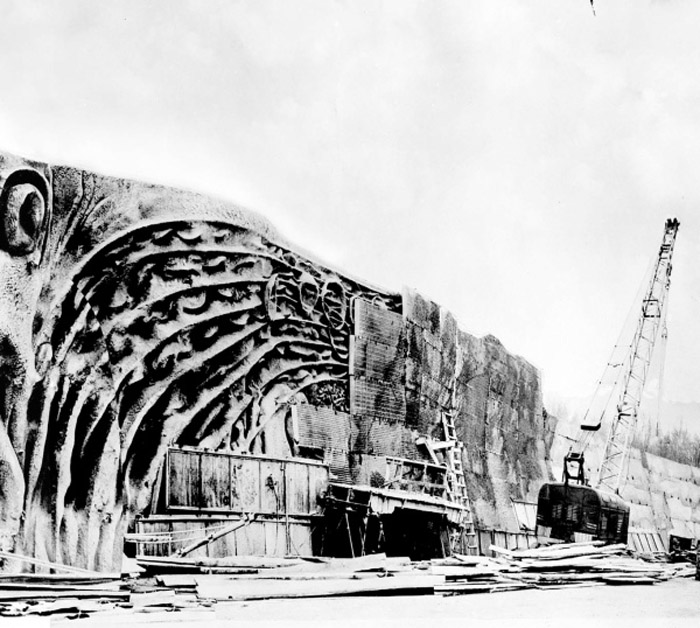
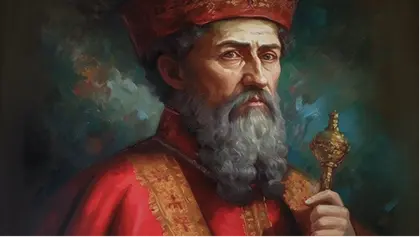
Sahaidachny: Ukrainian Leader Whose Cossacks Saved Europe From Ottomans
The creators, along with the most prominent Ukrainian scientists and artists tried to save this masterpiece, but in vain. The decision to tear it down was irrevocable and taken at the highest level. In May 1982, The Wall of Memory was turned into a plain and faceless Wall of Oblivion.
Why was it cemented over?
The leader of the Ukrainian SSR Volodymyr Shcherbytsky is said to have once paid a visit to the Memorial Park and saw the monument. Allegedly, he claimed that the people depicted there had “Jewish features” – especially their “non-Slavic noses.”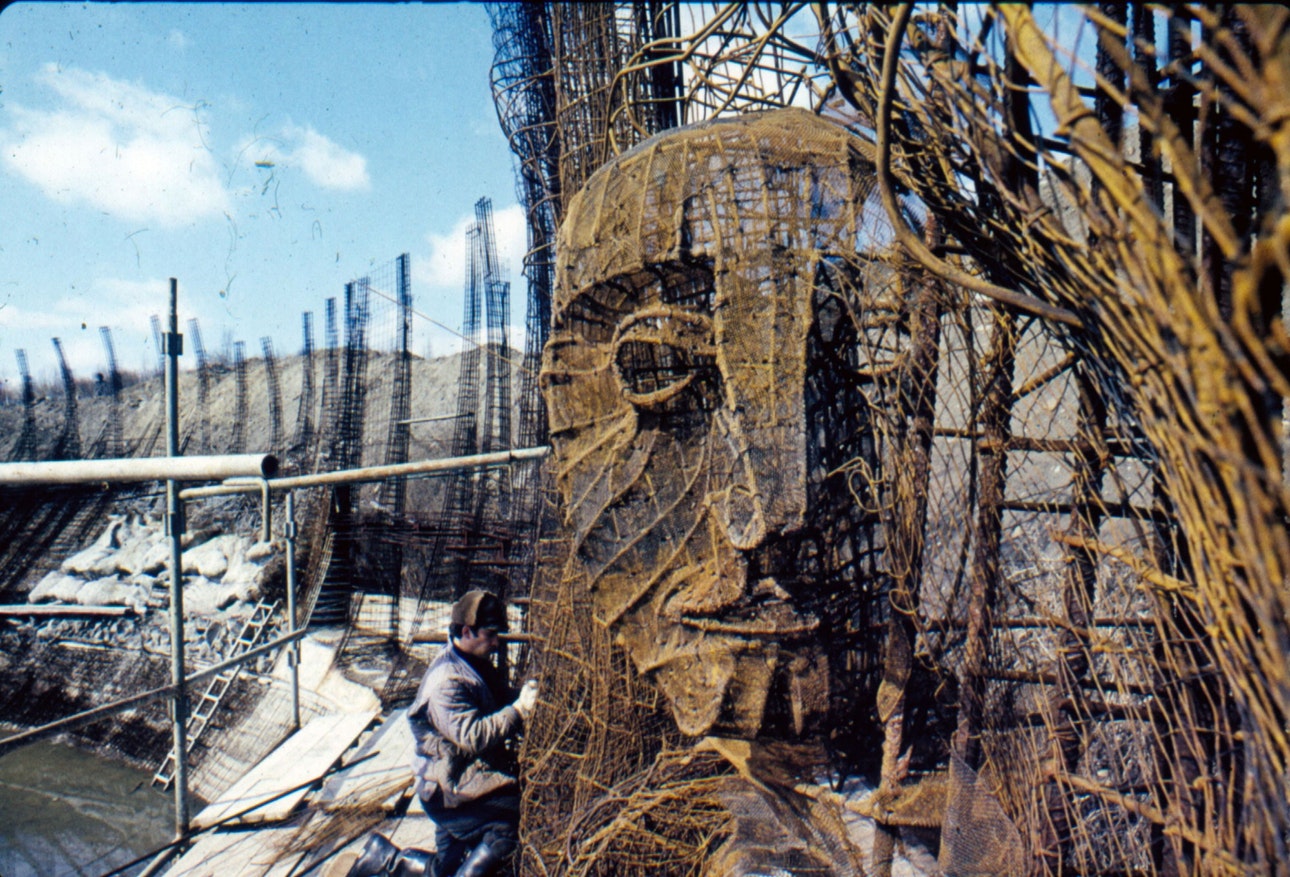
The KGB, referring to the opinion of “operational sources from specialists” (that is, snitches), claimed that the artist, “following the Western formalist abstract currents in visual art, created an ensemble that promotes the cult of death and contradicts the principles of socialist morality and ethics, Soviet reality, the revolutionary and labor traditions of our people and causes the visitors a sense of doom, hopelessness, pessimism, and disbelief.”
One can’t help but wonder what was depicted on those bas-reliefs, and what the leadership of Soviet Ukraine hated so much that they ordered the masterpiece to be buried in 950 cubic meters of concrete.
The bas-reliefs on The Wall of Memory start with a scene depicting the birth of a form in space. It at once resembles a flower, a flame, and a sail.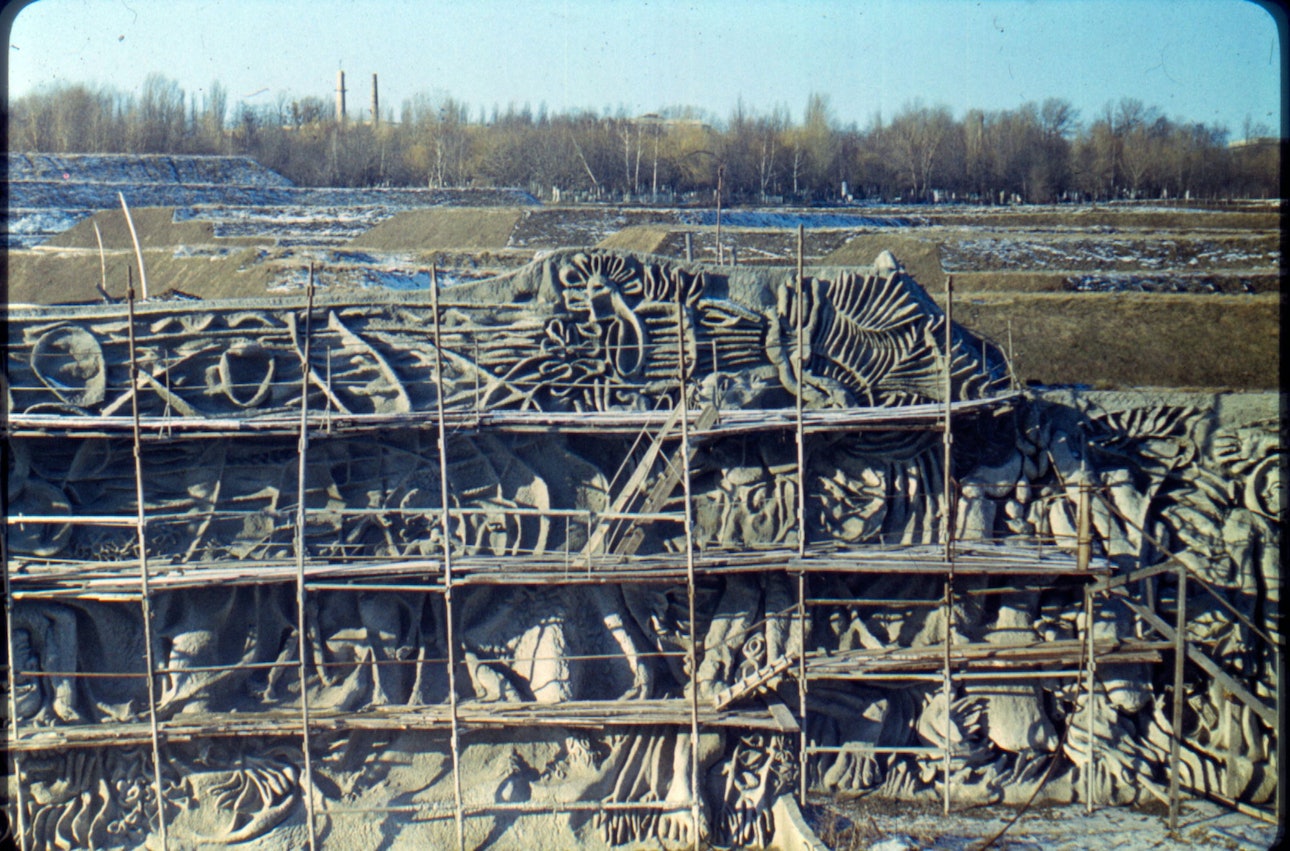
It is followed by an hourglass figure – a symbol of the time given to us on this earth, which should make the viewer think of the transience of life. Then Adam appears, holding modern timers, and Eve, holding a sprout. Between them, instead of a child, there is the planet Earth – our home, which we to care for. Adam and Eve are not gazing at each other but looking outward in the same direction – as it should be in true love.
A series of images follow, including a woman blowing a trumpet to announce the beginning of the war and Prometheus lying on the flowers with their roots descending into the water.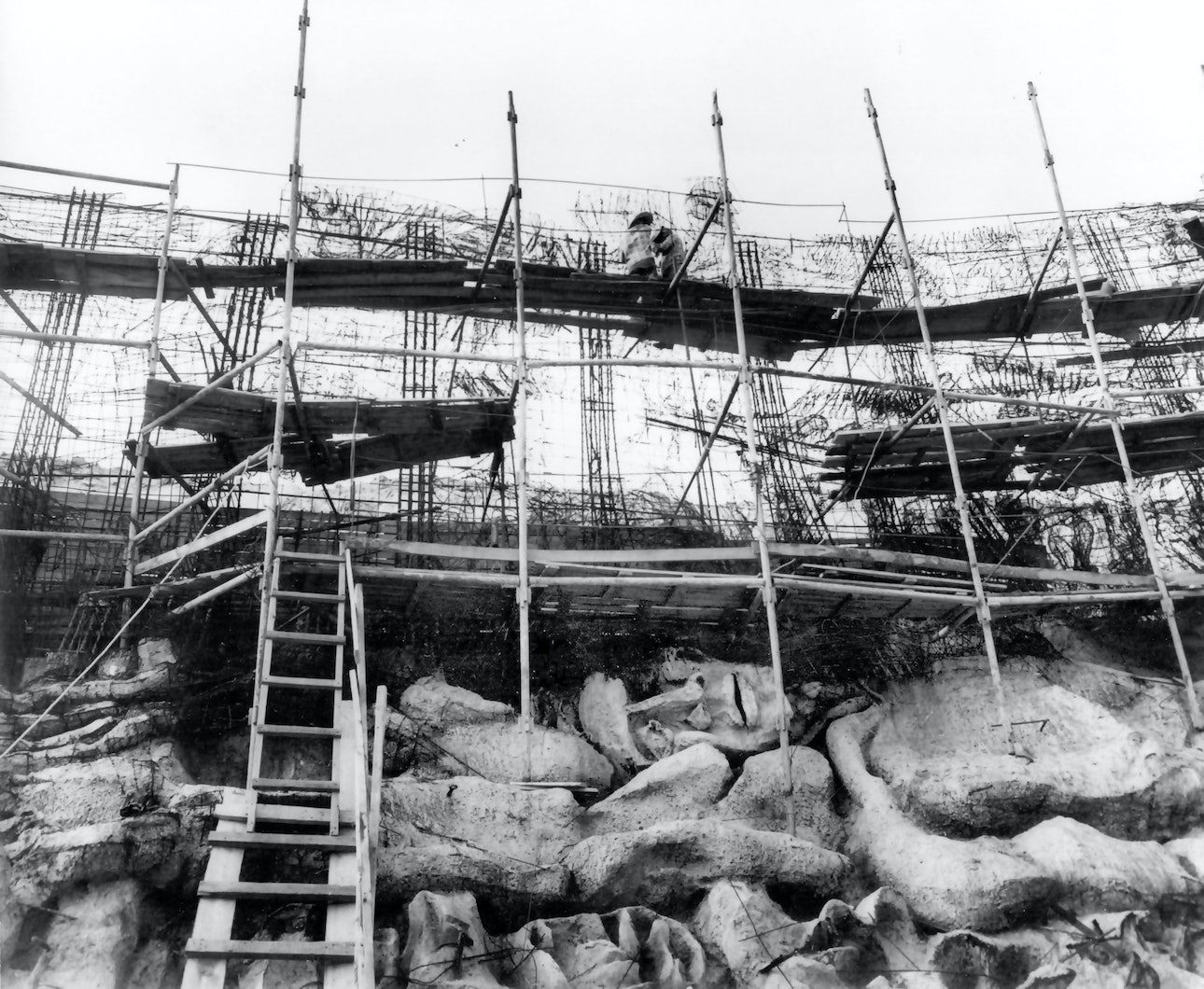
Each element of The Wall of Memory has a deep allegorical meaning and is significant for the entire composition. The wall was supposed to be a message addressed to the next generation.
It was the heart and soul of the entire Memorial Park and the magnum opus of its creators, Ada Rybachuk and Volodymyr Melnychenko, who dreamed of restoring this piece of art until their final days.
Eventually, it happened: after 36 years under the concrete, The Wall of Memory was to be restored. In 2018, under the umbrella of the Kyiv Art Week festival, six square meters of the bas-relief was uncovered. In the fall of 2021, thanks to the efforts of the Artists’ Heritage Fund, another 120 square meters were restored, unveiling the female figure blowing a trumpet to announce the beginning of a war.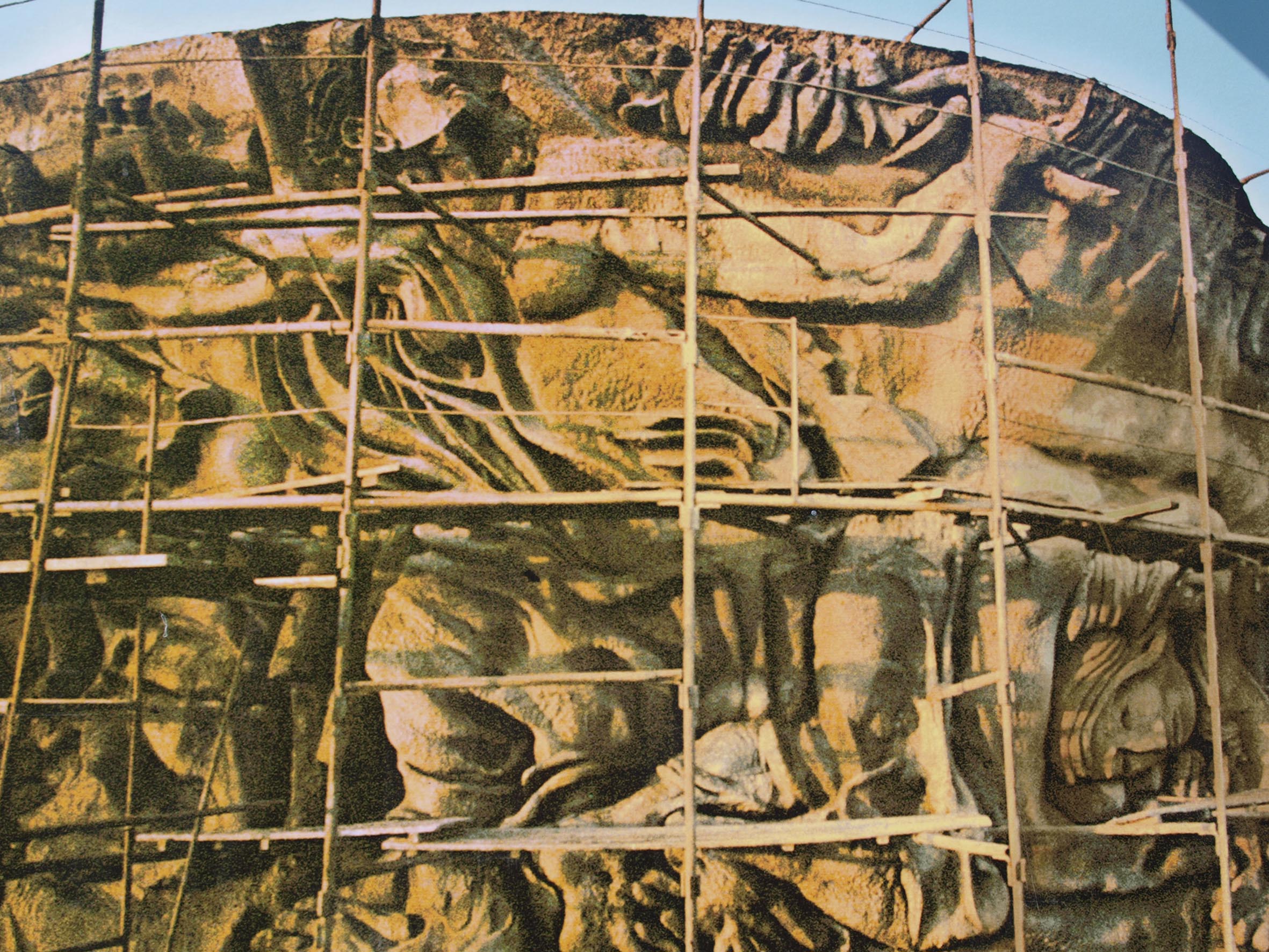
Unfortunately, Ada Rybachuk did not live to see the restoration of the Wall; she died in 2010.
Volodymyr Melnychenko, however, did live to see the partial unveiling of his masterpiece. But he passed away on April 19, the night when a meteor flashed through Kyiv’s night sky. Maybe it was Ada who came to take her lover to heaven.
After it became clear that The Wall of Memory could be restored, the ARVM Foundation initiated the creation of a project to uncover all the reliefs. The project was supposed to be developed in March 2022, but it turned out to be very expensive.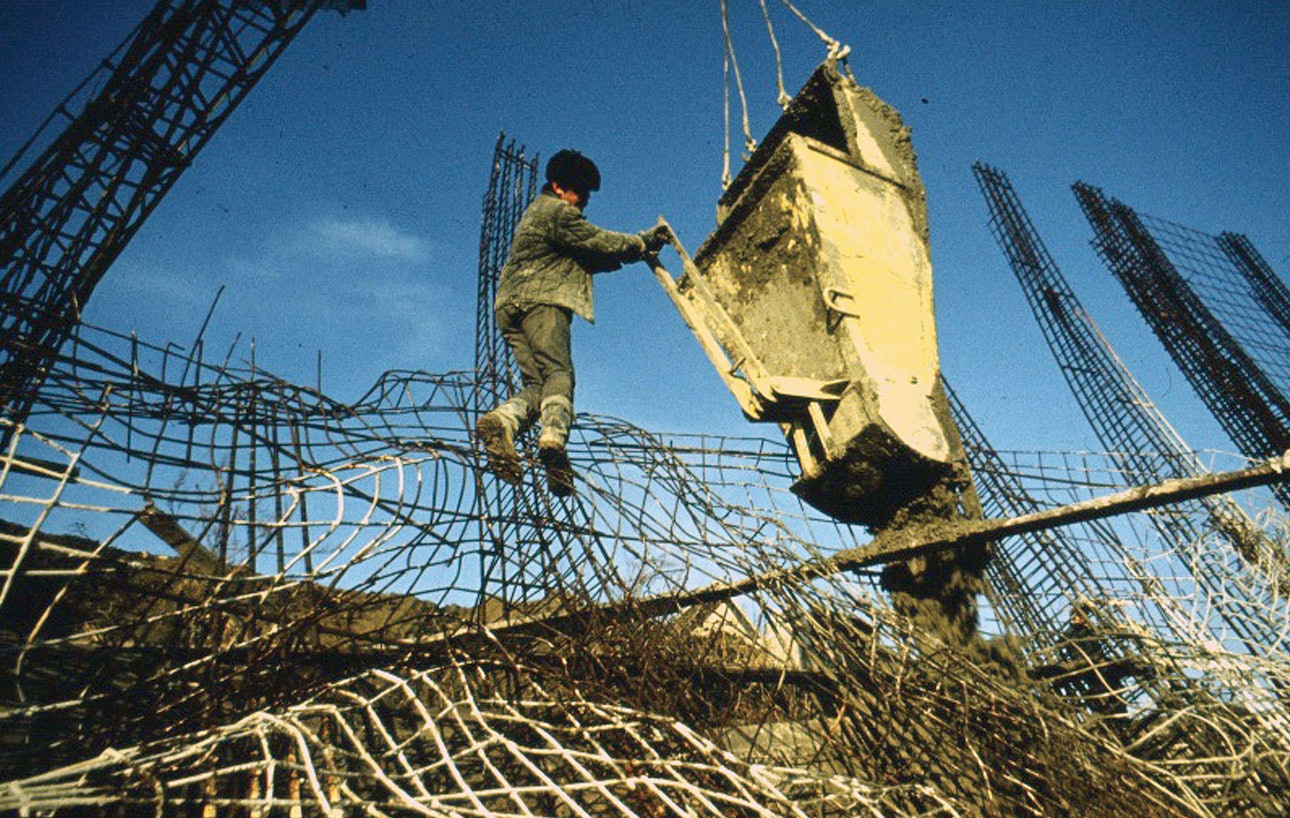
Some lawmakers undertook to provide state funding for the development of the project. Then the full-scale war broke out, and the funds were diverted to the country’s defense.
Currently, negotiations are underway between all those interested in the restoration of The Wall of Memory about the resumption of work as soon as such an opportunity arises. For the time being, sketches of the bas-reliefs and other works of Rybachuk and Melnychenko can be seen in the Museum-workshop where they lived and worked, located at Kyiv.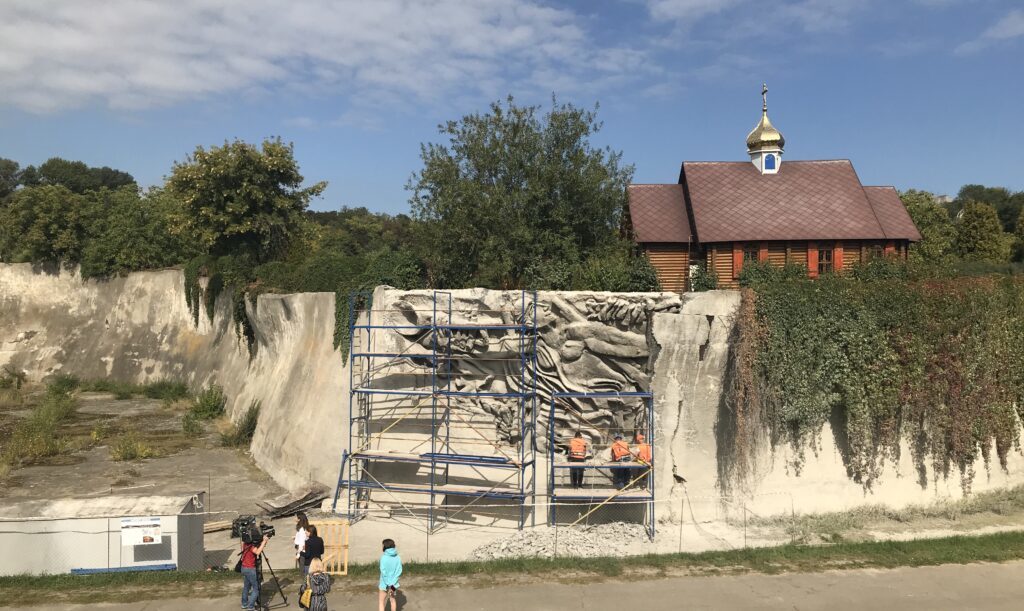
The complete unveiling of The Wall of Memory would be a grand event in the cultural life of Kyiv. The masterpiece could become a new emblem for the city that resisted Russia’s attempted burial. It would thus celebrate the victory of good over evil and life over death.
You can also highlight the text and press Ctrl + Enter


